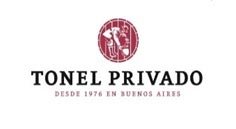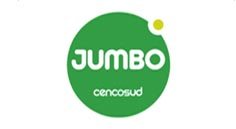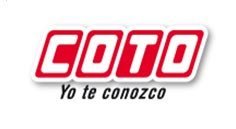Nature 
Winegrowing, the art and science of grape cultivation and winemaking, is an activity that is closely related to nature and the environment; hence, it should also be committed to preserving it.

Sustainability

Out of respect and gratitude for the Cafayatean terroir, Bodegas Etchart favors meticulous care for the flora, fauna and the natural resources of the region to ensure that future generations will still be able to make wines of the same quality that differentiates the Calchaquí Valleys today. This entails the rational use of water and energy, recycling and the reuse of all materials used at the winery. Thus, ecology and sustainable winegrowing became two of the pillars of the making process of each wine that composes our product portfolio.
The responsibility with which men and women work in a terroir defines if grapes can still be cultivated in that place in the future. Bodegas Etchart has a tangible, certifiable commitment with clear targets to show its clients and the world that it is possible to make wine in a sustainable way in the Cafayate valley.
Water

One of the features that differentiate the Argentine winegrowing the most is that the national vineyards are implanted in dry climate desert regions, with low and seasonal rainfall.
In Cafayate, rain is concentrated in the summer months (January and February). In autumn and winter, plants get sun during the whole day, whereas in the summer season it rains a total of 200 annual millimeters. The Bodegas Etchart’s vineyards are irrigated through the drip irrigation system using water channeled from Loro Huasi River, which flows 6 kilometers by a stone canal until reaching the dam from which it is distributed between the plots. Additionally, we have first-quality water wells that supplement the amount extracted from the river to reach the 800 millimeters annually required to supply all vineyards. Of course this water has excellent quality, purity and sanitation standards that favor the development of fruits that are unbeatable for winemaking.
Quality

In La Florida vineyard at Bodegas Etchart we can find the most lively example of the quality of the Cafayatean terroir: the plot known as “the museum”. That parcel of vineyards, whose implanting dates from 1862, is probably one of the oldest vines in the world still in operation. A century and a half after its implantation, “the museum” still grows grapes at the heart of Cafayate, as a faithful witness of the terroir´s virtues.
In qualitative terms, the almost 1,800 meters above sea level, the brightness and the great thermal amplitude between day and night temperatures (it may reach 20°C) are excellent conditions for culturing the grapevine. Likewise, the combination of dry climate and loamy/sand soils results in a low level of pest and disease. In Cafayate the vineyards are virtually virgin and naturally organic. Maximizing all the grape´s virtues is just up to the human hand.
Our Vineyards

Bodegas Etchart owns two large vineyards where the fruits which begin the winemaking process that brought the Calchaquí Valleys into a primary place in the global wine map are born.
Within the limits of Cafayate we can find La Florida vineyard, with 380 hectares of vineyards; the Animaná vineyard, with 43 hectares of vines, is placed 20 kilometers northward and was named after the town where it is located. In total, 40% of the vineyards are cultivated with the Torrontés variety, followed by Malbec (29%) and Cabernet Sauvignon (16%), whereas the remaining vineyards are split between Tannat, Syrah, Merlot, Chardonnay, Bonarda, Cabernet Franc, Sauvignon Blanc, Pinot Noir, Petit Verdot and Viognier, amongst others.
One of the peculiarities of these vineyards is their age, since virtually half of them are older than 20. These old vines have naturally a lower production than the youngest ones and their plants are better balanced, what implies that fruits reach ripeness more evenly. Their grapes add freshness to the wines and more fruited notes than those made in younger vineyards.








